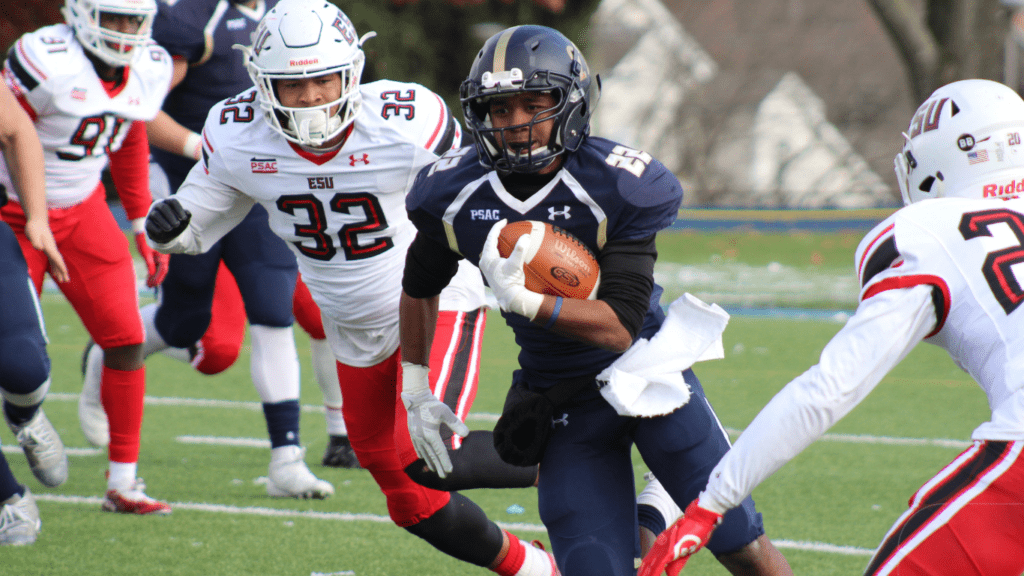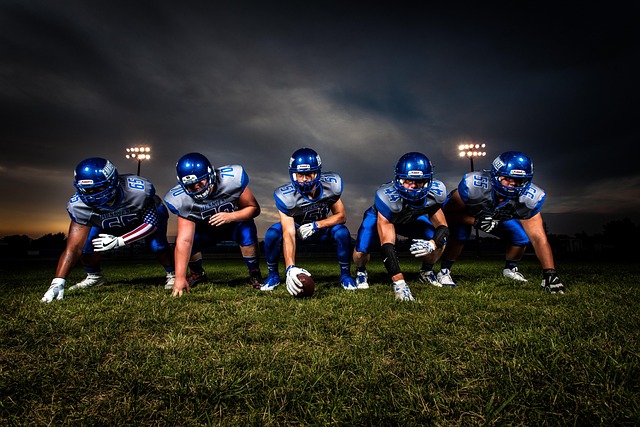Ever wondered how top athletes achieve peak performance? It’s not just about physical training; it’s also about the power of visualization. When I close my eyes and mentally rehearse my moves, I tap into a secret weapon that boosts my game to the next level. In this article, I’ll delve into the fascinating world of mental imagery and how it can be a game-changer for anyone looking to up their performance.
Visualizing success isn’t just a feel-good exercise; it’s a scientifically proven technique used by elite athletes, performers, and even business professionals. As I’ll explain further, when I visualize my success on the field, I’m priming my brain and body for peak performance. Whether you’re a sports enthusiast, a musician, or a corporate leader, harnessing the power of visualization can be the edge you need to excel in your game.
Understanding Visualization in Sports
Visualization in sports is a powerful technique that can significantly impact performance. When I visualize my success on the field, I prime my brain and body for optimal results, just like elite athletes do. This mental rehearsal is a game-changer in enhancing my skills and achieving peak performance.
The Science Behind Mental Imagery
In sports, mental imagery works because it activates the same brain regions as actual physical practice. When I vividly imagine executing a perfect golf swing or scoring a goal, my brain interprets it as a real experience. This strengthens neural pathways, improves muscle memory, and enhances my overall performance on the field.
Benefits of Visualization for Athletes
As an athlete, visualization offers a multitude of benefits. When I visualize myself overcoming obstacles and succeeding in my sport, I boost my confidence and reduce anxiety. Additionally, mental imagery helps me focus on my goals, improve my technique, and stay motivated during training sessions. By harnessing the power of visualization, I sharpen my mental skills and elevate my performance to new heights.
Techniques for Effective Visualization
I’ll delve into some techniques that can enhance your visualization skills and maximize their impact on performance.
Basic Visualization Exercises
I recommend starting with simple visualization exercises to lay a strong foundation. Begin by finding a quiet space to sit or lie down comfortably. Close your eyes and focus on your breathing to enter a relaxed state. Visualize yourself performing a skill or achieving a goal in intricate detail. Engage all your senses to make the imagery as vivid as possible. Repeat this exercise regularly to strengthen your mental imagery abilities.
Advanced Strategies for Pro Athletes
For professional athletes looking to take their visualization skills to the next level, consider incorporating multisensory visualization techniques. This involves not only visualizing the performance but also engaging other senses like touch, smell, and sound. Additionally, practice dynamic imagery where you visualize yourself adapting to changing conditions or scenarios during competition. By challenging yourself with more complex and realistic visualizations, you can better prepare your mind and body for the demands of high-level competition.
Case Studies: Athletes Who Use Visualization

In the realm of sports, visualization is a powerful tool that many athletes leverage to enhance their performance. Let’s explore some success stories across different sports and delve into the analysis of the visualization techniques employed by these elite athletes.
Success Stories in Various Sports
- Tennis: Renowned tennis player Serena Williams attributes part of her success to visualization. Before stepping onto the court, she visualizes herself executing flawless serves and powerful groundstrokes. This mental imagery not only boosts her confidence but also enables her to anticipate her opponent’s moves with precision.
- Golf: Tiger Woods, a golf legend, is known for his meticulous visualization techniques. Woods mentally plays through each shot, visualizing the trajectory, the landing spot, and the perfect execution. By repeatedly visualizing successful shots, Woods hones his focus and maintains a competitive edge on the golf course.
- Track and Field: Usain Bolt, the world’s fastest sprinter, is a proponent of visualization in his training regimen. Bolt visualizes himself exploding out of the blocks, sprinting with unparalleled speed, and crossing the finish line victoriously. This mental rehearsal not only optimizes his physical performance but also sharpens his mental acuity during races.
- Detailed Imagery: Successful athletes like Williams, Woods, and Bolt engage in detailed imagery during visualization sessions. They vividly imagine the sights, sounds, and sensations associated with their performances, creating a lifelike mental simulation that primes their bodies for optimal execution.
- Goal-Specific Visualization: Athletes tailor their visualization techniques to focus on specific goals and outcomes. Whether it’s executing a flawless swing, nailing a routine, or sprinting to the finish line, visualization helps athletes align their mental imagery with their performance objectives, translating vision into reality.
- Confidence Building: Visualization serves as a confidence-building tool for athletes, instilling belief in their abilities and fostering a winning mindset. By picturing themselves succeeding in their respective sports, athletes boost their self-assurance, alleviate performance anxiety, and cultivate a winning mentality essential for peak performance.
By studying the success stories of athletes who harness the power of visualization and analyzing their techniques, we gain insight into the transformative impact of mental imagery on athletic performance.
Overcoming Challenges with Visualization
Visualization can be a powerful tool in enhancing performance, but it’s not without its challenges. Let’s explore some common obstacles faced when using visualization techniques and effective solutions to overcome them.
Common Obstacles and Solutions
- Difficulty in Clear Imagery: Sometimes, it can be challenging to create vivid mental images. In such cases, I find it helpful to engage all my senses in the visualization process. By incorporating sounds, smells, and textures into my mental imagery, I can make the visualization more detailed and realistic.
- Lack of Focus: Maintaining focus during visualization can be tough, especially with distractions around. To combat this, I create a dedicated space and time for my visualization practice. By eliminating distractions and setting aside specific time for visualization, I can enhance my focus and concentration.
- Negative Self-Talk: Negative thoughts and self-doubt can sabotage the effectiveness of visualization. When faced with negative self-talk, I challenge those thoughts by replacing them with positive affirmations. By reprogramming my mindset with constructive self-talk, I can overcome doubts and boost my confidence.
- Establish a Routine: Consistency is key to reaping the benefits of visualization. I incorporate visualization into my daily routine, whether it’s before a training session, competition, or even before bed. By making visualization a habitual practice, I can maintain consistency and see gradual improvements in my performance.
- Track Progress: To stay motivated and committed to visualization, I track my progress and results. Keeping a journal or log of my visualization sessions helps me monitor improvements, identify areas for growth, and stay accountable to my visualization practice.
- Seek Feedback: Sharing my visualization techniques with a coach, mentor, or trusted individual can provide valuable feedback. External perspectives can offer insights into areas of improvement and help refine visualization strategies for better results.

 Chelsea Haynes is a valued member of the Awesome Football Network team, where she excels as a skilled contributor and article writer. With a sharp eye for detail and a deep love for football, Chelsea produces compelling content that covers a diverse range of topics, including team dynamics, player performances, and game strategies. Her insightful articles are crafted to engage and inform readers, providing them with a deeper understanding of the sport.
Chelsea's expertise and dedication to football journalism enhance the quality of content at Awesome Football Network. Her contributions help keep the platform at the forefront of football news, ensuring that fans and professionals alike stay well-informed and connected to the latest developments in the world of football.
Chelsea Haynes is a valued member of the Awesome Football Network team, where she excels as a skilled contributor and article writer. With a sharp eye for detail and a deep love for football, Chelsea produces compelling content that covers a diverse range of topics, including team dynamics, player performances, and game strategies. Her insightful articles are crafted to engage and inform readers, providing them with a deeper understanding of the sport.
Chelsea's expertise and dedication to football journalism enhance the quality of content at Awesome Football Network. Her contributions help keep the platform at the forefront of football news, ensuring that fans and professionals alike stay well-informed and connected to the latest developments in the world of football.
